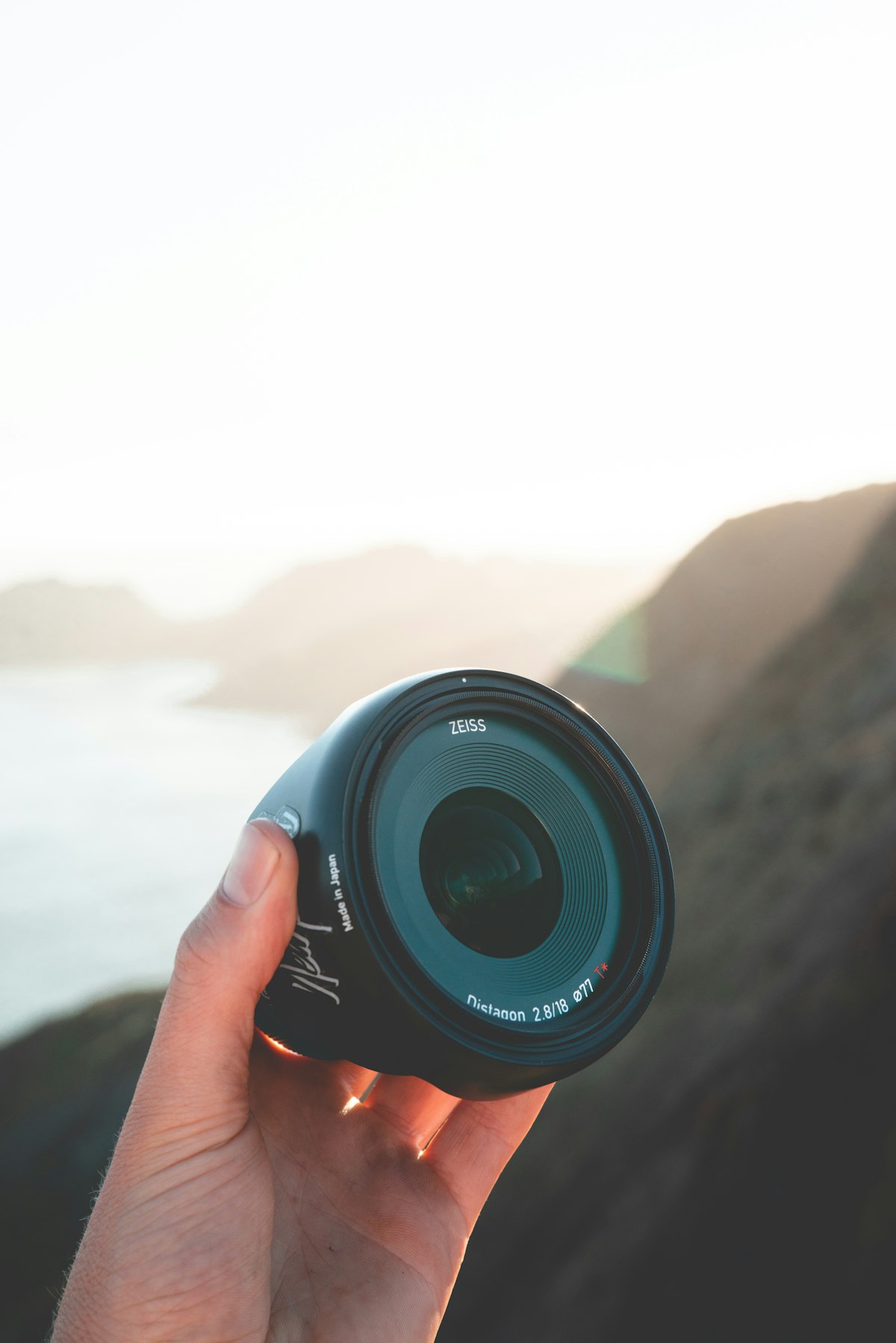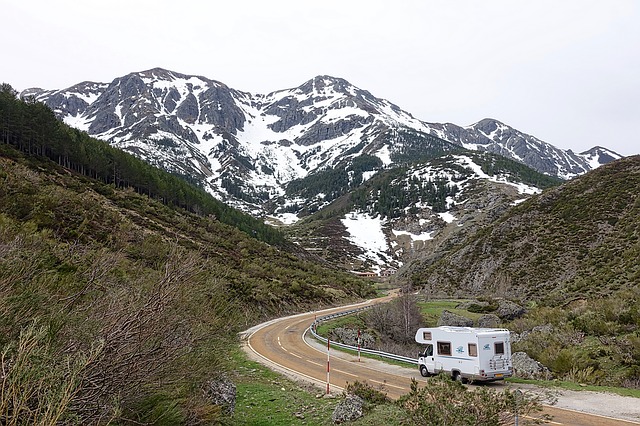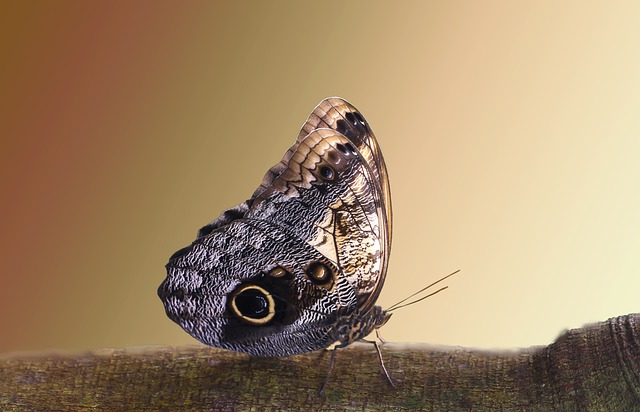
Are you often frustrated or disappointed by the outcome of your photographic efforts? You will find tons of information in this article that will help you improve your skills and begin taking better pictures.
Take your pictures quickly. If you take too long while setting up a shot, you may very well miss out on the opportunity to take the perfect picture. Photography is about capturing a moment, so be fast, and don’t let the moment slip away.
Your image can be considerably better if you get in close proximity to your subject. Getting in nice and tight allows your subject to fill the frame, which minimizes distractions. It also has added benefit of capturing facial expressions which can add a whole new element to the picture. If you stay too far, you could miss important details.
To improve the quality of your picture, decrease the distance between your camera and your subject. Getting up close gives you a better conceptual focus, and blots out background distractions. You can also pay attention to facial details, which will come in handy, especially if you are doing portrait photography. Smaller details are usually overlooked when the picture is taken from far away.
Shutter Speed
Select what will appear in your photograph. A great photo will be like you are looking at your object through a little window. Don’t try to show too much. To give a general impression of a subject, take a different pictures and organize them in a series rather than trying to capture everything in one picture.
It takes experimentation to learn which shutter speed works best in different settings. Photography allows you to capture a split-second moment and to blur together large time periods. Traditionally, fast shutter speed is used for motion while a slower speed is used for still scenes.
Keep your photographic techniques simple and uncomplicated. Often the best pictures are the ones that you take naturally, without worrying about all the extras.
Get a professional camera to take quality pictures. In order to take the best professional photographs, you should look into buying a dSLR camera. This is what most photographers are using, and if you want quality photos like them, this is what you need as well.
Skies that are overcast should be avoided in photographs. Too much gray sky showing in a photo makes it appear washed-out and muted. Although, if you are taking photos with black and white, you can shoot your photos with an overcast sky. If it’s a bright day, however, you should include the sky more readily.
Framing is very important when you are considering your photo’s composition. Get rid of distracting elements by zooming into your focal point. This will make sure that people do not get distracted from the main focal point, as well as keep your photographs well styled without the background clutter.
Try out new things; experiment, and don’t be afraid in taking new and original pictures. Good pictures show personal expression and convey a message. Avoid the same pictures that have been done over a thousand times. Look for different angles to emphasize different aspects of your subject.
Find the proper combination between ISO, aperture, and shutter speed. These three features determine the exposure of your picture. Avoid overexposed photos unless you purposely want them that way. Try experimenting with these features, and see how they interact together and what combinations you like.
Serious photographers have dSRL cameras. This camera is a single-lens reflex digital camera and shows the subject as the photograph is being shot. Preferably, you want a full-frame DSLR, which will provide the biggest image sensor and the most detailed photos.
Make sure that you adjust your cameras white balance whenever you are taking pictures under florescent lights. Photographs shot under fluorescent lighting typically look greenish or bluish, giving your photo a much cooler color effect than you intended.
When you are choosing which photographs you want to display, look at each picture you have taken and only choose your favorites. Avoid repetition by only choosing a small, varied selection of your best work. Your audience can become bored with repetitive images or too many of them. So keep it fresh while showing all your different photography skills.
When you go travelling, look around for new ideas on all the different things you can shoot. To find great ideas and inspiration, just take a look at a rack of different post cards. Usually the photos on these cards clue you in on popular and photo worthy local attractions and areas of interest, any of which usually make excellent subjects for your own. So, make an effort to visit these areas and attractions.
When taking pictures of people, make sure that the background is slightly blurred. Having a sharply focused background can detract from your subject matter, making it difficult for any viewers of your photo to focus the way you intend them to. This is most easily accomplished by moving your subject further away from the backdrop.
Always make your subject the main focus of your picture. For photos that convey your personal style and make effective use of composition, keep the camera focused. This is especially true when you first start out, keep the main subject in view and centered. Leave the background and the framing to sort themselves out for the time being.
You need not stand directly in front of an object to photograph it. Take your photos from all different angles to get different effects.
Don’t miss a shot because you’re trying to correct your settings. However, you should not always use presets because this enables the camera to make all adjustments for you. Customize your settings to match the kind of pictures you want to take.
Before you take a photo, do not move and hold your breath. Even a very slight movement can cause motion blur and ruin that perfect shot. Make sure to square up your shot and hold your breath before hitting a shutter button.
Practice Shots
Some people imagine white to be a great color for portraits, yet it is absolutely not. Cameras that use autofocus try and determine all the different shades that are present within the photograph. As a result, the white clothing will look washed out in the photograph.
If you’re just becoming accustomed to photographing a new type of subject or background, make sure you spend some time taking practice shots. No two environments are exactly the same, so practice shots can help you to adjust. Lighting can change often, do not be afraid to take more practice shots in between your actual pictures.
Manually set the white balance feature on your camera. This allows you to better control and improve the atmosphere of your photos. Through experience you will learn to see what gives the results you want. Starting out with your camera set for manual white balance gives you room to be creative.
A silhouette can look lovely in any picture. A lot of photographer wait until the sunset to take pictures of a natural silhouette, but you can do it differently. Any time the background is brighter than your subject, you will create a silhouette effect. It’s easy to create a silhouette by simply getting behind the subject with an off-camera flash. Alternatively, you could place the subject in front of a window that has light streaming through. Remember that a glaring outline may be distracting or unflattering.
In general, you must choose whether you should expose your subject’s highlights or shadows in your shot. You could possibly take two pictures of the same subject, and expose one of each type by using a program, such as Photoshop, to blend both of them into a high-quality shot.
You can make anything look interesting by adjusting your camera’s settings, using a different kind of lighting or even by just changing the shot angle. Experiment within your home with the camera settings and light so that when you go to take pictures outside of your home you are ready to apply your new knowledge.
While it is common, red eye can make a great picture less than worthy of being showcased. Use the flash as infrequently as possible to prevent red eye. When you must use flash, tell the subject to avoid looking directly at the lens. Many cameras now have a feature to eliminate red eye built into them to eliminate the problem altogether.
Sharpness Appears
Remember to use your camera like a tool to to set up your shots. Switching to a shallow field depth will blur the background and make your central subject stand out.
You should know where sharpness appears in photos and how it works. Sharpness appears in the center of the picture and the lens most often. The image will soften as it stretches towards the edge of the frame established by your lens.
If you are taking landscape photos, a tripod can help you take better shots. Your camera needs to stay steady during any shot, but stability is especially important during motion shots. A tripod ensures that all your pictures, from portraits to landscapes, are captured the way you intended.
Keep the subject of your photo in focus. Adding a rock, or something as simple as a leaf, can go far to give your photos more depth. Having perspective will emphasize the subject of your picture and add interest.
Think of an idea before you start taking photos. Write down your ideas for the shoot, and plan accordingly for better photos. Photography is an art, and things like perspective and creativity are apparent in great photos. You will be rewarded with much better pictures, which can be exciting and inspiring, by following this approach.
It is possible to use a cell phone camera in a pinch to get decent photos, but remember your lighting. Cell phone cameras generally lack a flash. Therefore, you’ll need to compose your shot to take advantage of the available lighting. Zoom helps to keep strong light sources out of the shot.
Learn how to best use your camera’s flash. Do not simply turn on the flash and forget about it. In many cases, the light from the flash could ruin the overall effect. When shooting in dim or dark conditions, it is appropriate to use the flash.
Increase shutter speed when shooting in low-light settings. This helps prevent blur when taking the photo. Shutter speeds that are 1/200th or 1/250th of a second are the recommended minimums in this situation.
Be wary of digital zoom, as opposed to optical zoom, when you are taking a particularly close shot. Many cameras are set up so you can get as close as you want to your subject with the zoom feature; however, the image quality will be compromised as soon as your camera makes the switch from optical zoom to digital. Digital zoom uses an algorithm to add pixels which hurts the quality of the image. Read through your camera’s instruction manual to determine whether or not you can disable digital zoom.
In low light, it can be hard to take pictures since they can blur. Make sure you steady your hands when you are taking a photograph in a low light situation. You may even want to rest them on something as you take a picture. If conditions are especially unfavorable, a tripod may be your best bet for getting clear pictures.
Although you might not believe a flesh is necessary for taking pictures outdoors, you might want to rethink this approach. When the sun is shining bright, deep facial shadows can be easily seen. Use fill flash setting to avoid that, if you have that feature. That will reach into deep facial folds.
Photography requires talent and education. If you want to improve your photography skills, this article can help out.
It’s important to know how much range your flash will give you when you use it in low light conditions. If you aren’t sure of the range, you may miss out on great shots, because they will be too dark in the photo. Use your flash and get to know it before you begin taking dark pictures.
Most people are interested in learning about Gopro Accessories,cervical neck pain pillow
nurse home waterproof mattress protector
zippered mattress encasement, however, they are not always aware of how to do so on their own. Thankfully, this article contains excellent tips to help you move ahead. You can use the information you have learned here!














